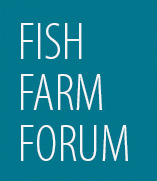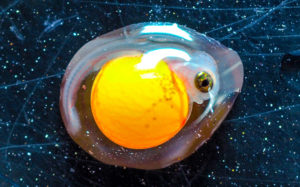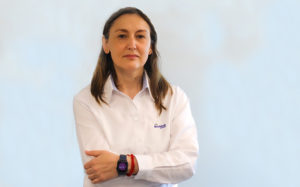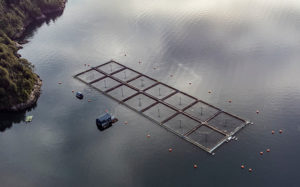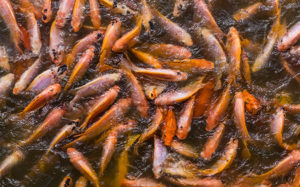The value of veterinarians in ensuring sustainability for Africa’s fast-growing aquaculture industry
Sub-Saharan Africa is enjoying an aquaculture boom — with fish health and welfare services moving in turn to meet the sector’s needs and ensure sustainable growth. In an interview, veterinarian Brandon Spolander, BVSc, MRCVS, SAVC, MSc, owner of Aquavet Africa, talks about engaging with the growing industry and addressing important gaps.
Health & Welfare
Emerging diseases on Latin America’s tilapia farms
By Carlos AG Leal, Professor of Immunology and Fish Health, Veterinary School, Federal University of Minas Gerais-UFMG, Brazil
Columnaris disease affects Nile tilapia eggs and larvae, study suggests
Columnaris disease, a potentially devastating condition affecting freshwater finfish, has been found infecting Nile tilapia eggs and larvae for the first time.
Study tracks salmonid alphavirus transmission in Norwegian aquaculture
New genomic analysis of salmonid alphavirus subtype 2 (SAV2) samples from Norway has shed new light on how the pathogen has spread through the country since its introduction in 2010.
Vaccines and smart sea lice control helping Chilean salmon giant improve sustainability
Salmon rickettsial septicemia and Caligus sea lice are two of the major concerns affecting salmon production in Chile. Thanks to new approaches in fish-health management, Blumar Seafoods is successfully limiting their impact.
Novel parasiticide part of quest for long-lasting sea lice control in Chile
Currently, almost all Atlantic salmon producers affected by caligidosis have incorporated Alpha Flux as a useful and effective tool in their parasite-control strategy.
New system to assess gill disease could help salmon producers
Gill disease in Atlantic salmon is caused by a number of pathogens and has different clinical and pathological signs. This means that to date, there has been no standardized methodology developed for field diagnosis, despite the fact that gill health issues are a growing concern for salmon producers in all the major salmon-producing nations.
Taking farmed fish welfare beyond the ‘five freedoms’
Over the last decade, a considerable body of research has demonstrated the capacity of fish to suffer – yet there remain unknowns around what causes the most serious negative impacts on their quality of life.
Tilapia strain resistant to damaging virus could help reduce losses
The discovery of a strain of Nile tilapia resistant to tilapia lake virus (TiLV) may prove useful in the fight to reduce the impact of the pathogen, which has emerged in the last decade and can cause extremely high mortalities among farmed fish.
